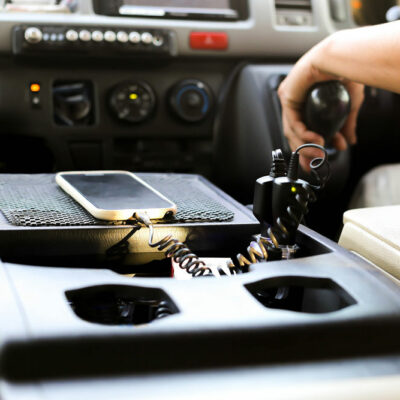
7 Tips for Comforting a Gassy Baby
When a baby swallows air, it is common for them to pass gas, especially in infancy.
An excessive amount of intestinal gas (due to bottle feeding, breastfeeding, or sucking on a pacifier, etc.) is common in infants and can make a young baby uncomfortable and, in most cases, downright miserable. If your baby is suffering from unbearable gas, the following seven tips can help relieve your little one’s discomfort:
1. Try baby probiotics
Even babies that are fed with breast milk suffer from bloating and gas; this is because breast milk contains natural prebiotics (otherwise known as “fertilizer” for the gut) as well as probiotics. Probiotics come in the form of drops and powders for infants and are effective because they add “good” bacteria to the baby’s gut. By increasing the amount of healthy bacteria, digestive health will also increase. This is recommended where there is a history of feeding baby commercial formulas. By creating a healthy environment in baby’s bowels, digestion will be more natural and the gas causing baby discomfort will be minimized. The best recommendations for baby probiotics are Culturelle Baby Grow, Enfamil Infant Probiotics, Mommy’s Bliss and Gerber Soothe.
2. Watch Your Diet
Eliminate what are known as “fuss foods” from your own diet if you are breastfeeding. These are foods containing caffeine, spicy foods and gassy foods that can end up causing baby undue gas if you are still breastfeeding.
3. Warm Baths
Draw a warm bath for the baby. This is both relaxing and soothing for the baby, allowing gas to pass naturally. Hold the baby and soothe him or her during the warm bath and you will see that the gas problem will often take care of itself once your little one is relaxing in the warm, soothing water.
4. Tummy time
Gentle pressure on the stomach will help move the gas outwards. Place the baby on his or her tummy while he or she is awake. This pressure helps ease pain, move things along the intestinal tract and alleviates gas. Use a soft baby pad or plush carpeting for comfortable, safe tummy time.
5. Change your bottle-feeding style
If you are bottle feeding, make sure you are using Similac or Enfamil. These formulas are both well-known and proven to reduce gassiness in babies. Make certain that your baby’s lips are positioned on the nipple at the wide base and not only on the tip. When bottle feeding you should tile it at an approximate thirty to forty degree angle so as to cause air to rise at the bottom of the bottle. Another alternative is to purchase collapsible formula bags, as this may also solve the problem. Reduce the amount you feed the baby at one time and instead increase the frequency of feeding the baby. After you have finished feeding the baby, make sure the baby is kept upright at approximately a forty five degree angle for about thirty minutes. If you are breastfeeding, make certain that your baby’s lips are forming a good seal far back on your areola to prevent them sucking in excess air.
6. Pump baby’s legs
Baby bends have your little one lying on his or her back. Begin to move the legs back and forth. The best way to think of this is to mimic bicycle riding. This exercise assists with movement along the intestinal tract and expels gas that may be trapped within. The same leg-pumping motion can be performed when the baby is on his or her tummy.
7. Baby massage
Lay baby across your lap, stomach down. Begin to pat the baby’s back gently and with repetition. Once the baby calms down, begin a massage in the abdominal region. This technique eases discomfort in the digestive tract, relieves painful symptoms and helps babies achieve better sleep in the evening. It is also an effective bowel-stimulator since that process can be interrupted by the baby’s diet, medicines and stress. Another massage technique places the baby face up on a blanket. Begin the massage at the base of the rib cage moving your hand in a clockwise and circular motion. Gradually make your way up to the navel making smaller and smaller circles. From there, hold the baby’s feet and knees together and press the knees gently up toward the abdomen. Next, gently rotate the baby’s hips on one side a few times then switch to the other side. Place your hand horizontally on the baby’s tummy and rock your hand from one side to the other making firm but gentle motions.
If your baby is gassy but is still putting on weight and having regular bowel movements, there is likely no cause for concern. Continue with all of the above home remedies and simply wait it out. Gas is, unfortunately, a natural part of the growing process and “this too shall pass”.


